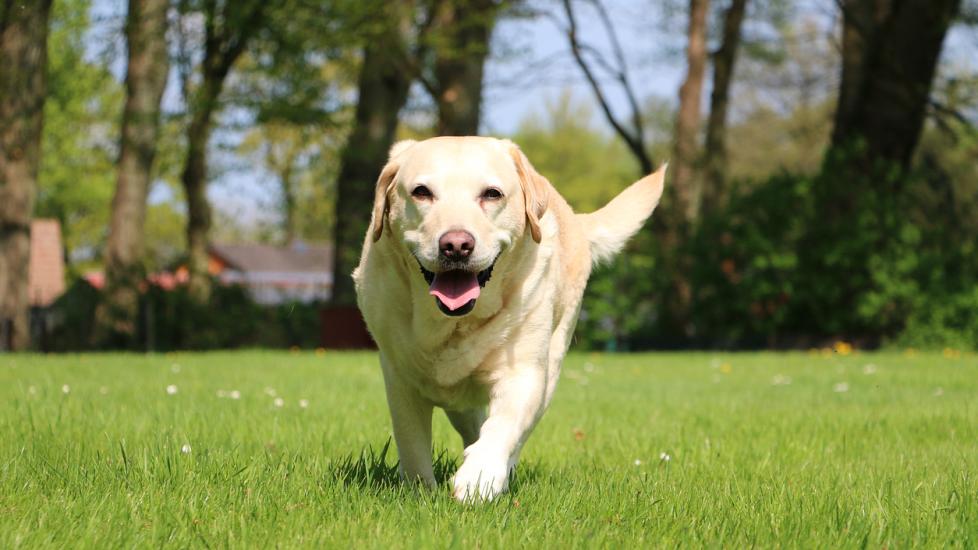The Fragility of Canine Strength: Understanding Osteosarcoma and Its Impact on Our Four-Legged Friends
In the world of veterinary medicine, osteosarcoma is a term that strikes fear into the hearts of pet owners. This aggressive form of bone cancer often targets our beloved canines, known for their strength and resilience. However, beneath these tough exteriors lies an all too fragile skeleton that can succumb to this devastating disease without proper awareness and early intervention. Let us delve into the intricacies of osteosarcoma in dogs—its symptoms, diagnosis, treatment options, and how we as responsible dog guardians can support our furry companions through it all.
The Silent Assassin: Symptoms of Osteosarcoma
One of the most challenging aspects of osteosarcoma is its ability to remain elusive in the early stages. Often, the first noticeable symptom is pain or lameness in one of the limbs, which may be mistaken for a minor injury. As the tumor grows, so does the severity of pain, leading to reluctance to bear weight, swelling around the affected area, and even fractures due to weakened bones. In some cases, metastasis to other parts of the body, such as the lungs or liver, may occur, presenting additional complications.
Diagnosis: Unraveling the Mystery
A veterinarian’s keen eye and thorough examination are crucial in suspecting osteosarcoma. X-rays will reveal changes in bone structure, while advanced imaging techniques like CT scans and MRI provide detailed pictures of tumors within the bone. Blood tests might indicate elevated levels of certain proteins associated with cancer, further assisting in making a conclusive diagnosis. Biopsy remains the gold standard for confirming the presence of osteosarcoma cells.
Treatment: A Battle Plan
Once diagnosed, your pet’s healthcare team will discuss various treatment strategies tailored to the individual case. Amputation, although daunting, is often recommended when the tumor is localized. It aims to remove the primary source of cancer and alleviate pain, providing relief and extending quality life. Combining amputation with chemotherapy can help prevent or slow down the spread of the disease, offering precious time with your loyal friend. Limb salvage surgery, where possible, seeks to preserve function by removing the tumor while keeping the limb intact. Radiation therapy can also play a role in managing pain and potentially shrinking tumors near vital structures.
Supporting Your Warrior Through It All
Pets undergoing treatments for osteosarcoma require unwavering love and care. Physical rehabilitation programs aid in recovery after surgeries, maintaining muscle mass, and preventing secondary issues related to immobility. Nutritional counseling ensures that your dog receives the right balance of nutrients to support healing and immune function. Additionally, regular check-ups with the vet are essential to monitor progress, adjust medications if needed, and address any emerging side effects promptly.
Raising Awareness: Prevention and Early Detection
While there is no foolproof way to entirely prevent osteosarcoma, there are steps you can take to reduce the risk. Regular exercise and a balanced diet contribute to strong, healthy bones. Avoid overuse injuries that could weaken the skeletal system. Vaccination against infectious diseases that have been linked to increased cancer risks should be kept up to date. Most importantly, never ignore signs of discomfort or abnormal behavior; prompt veterinary attention increases the chances of early detection, which is key to successful management of osteosarcoma.
Osteosarcoma in dogs is a formidable adversary, but knowledge is power. By understanding the nuances of this condition and being proactive about prevention and screening, we can give our four-legged heroes the best chance at fighting back. With advancements in veterinary medicine and the dedication of loving caregivers, countless pets continue to defy the odds and live out joyful lives alongside their human families despite facing the challenge of osteosarcoma.
